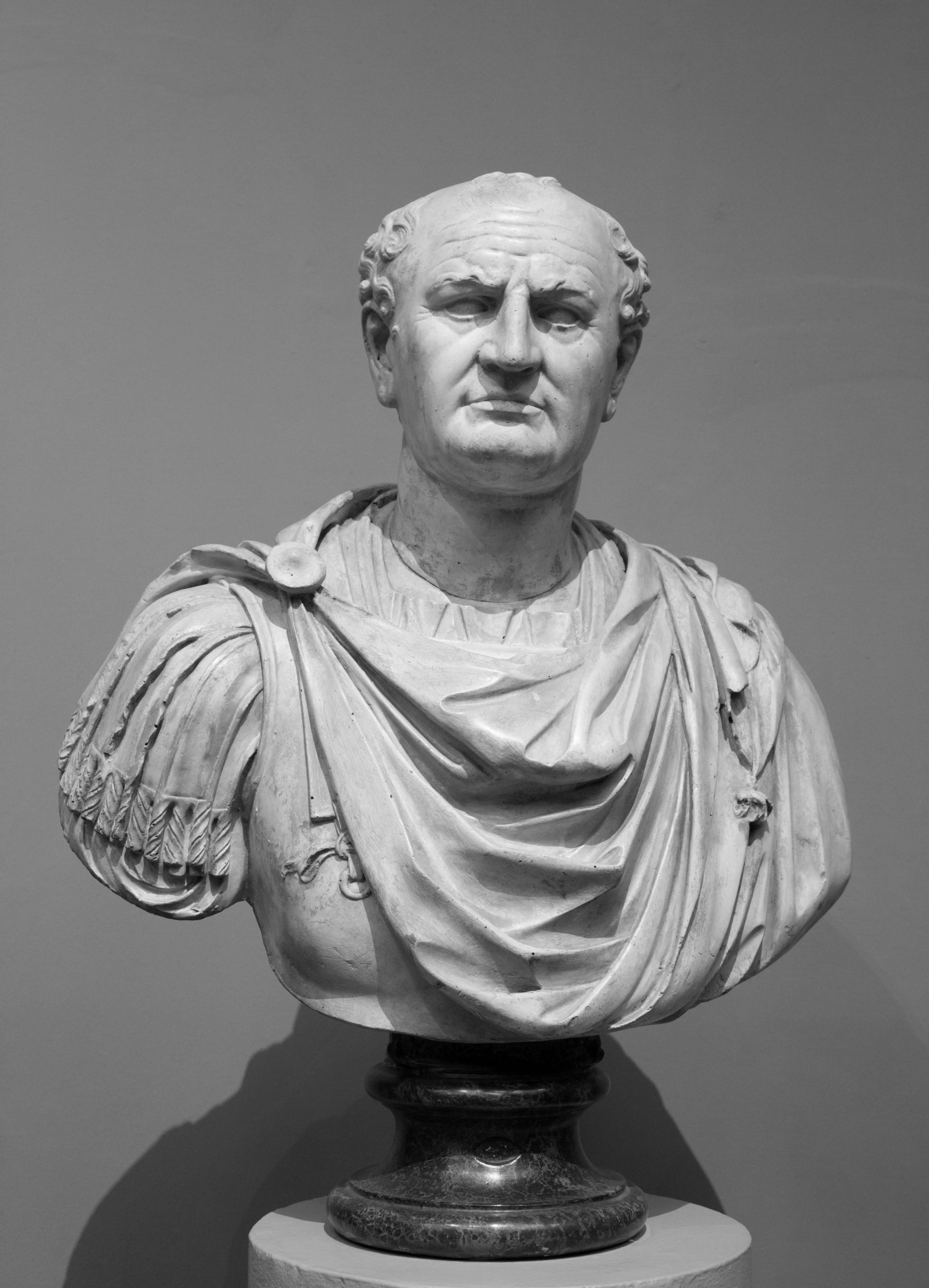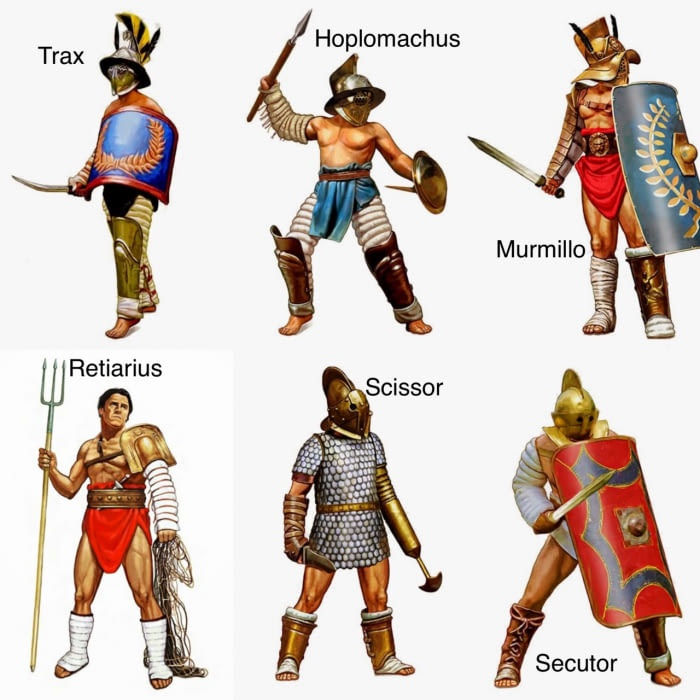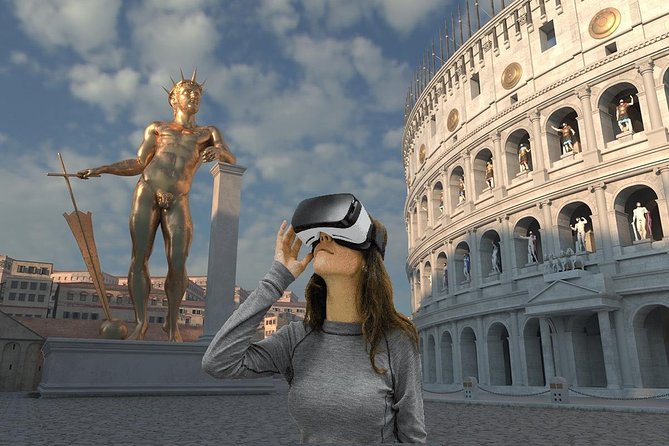The Emperor Nero
Before explaining the history of the Colosseum, the story of the infamous Emperor Nero must be told. Nero came to power at the tender age of 17 after his adoptive father, the emperor Claudius, died suddenly (gossip at the time said Nero’s mother, Agrippina, had a hand in this). Nero inherited a vast empire stretching from Britain to North Africa and France to Syria. Nero’s mother Agrippina tried to dominate his early life and decisions but when Seneca, Nero’s tutor and closest adviser, encouraged him to free himself of his mother’s influence, he had Agrippina assassinated (he had learnt much from her wicked influence). Nero’s infamous reign is usually associated with tyranny, extravagance and debauchery, although Initially, he garnered a reputation for generosity by making closed-door political trials open to the public and encouraging power-sharing within the Senate. Nero had little interest in war and politics and spent his energy on diplomacy, trade and cultural interests.
Nero loved the games, as well as Greek theatre and performance; he indulged his artistic passions, playing the lyre and singing at private events. He also trained as an athlete and was obsessed with charioteering from a young age even competing publicly as a charioteer. Loved by the people for his generosity and lavish games, he was not liked by the political elite.
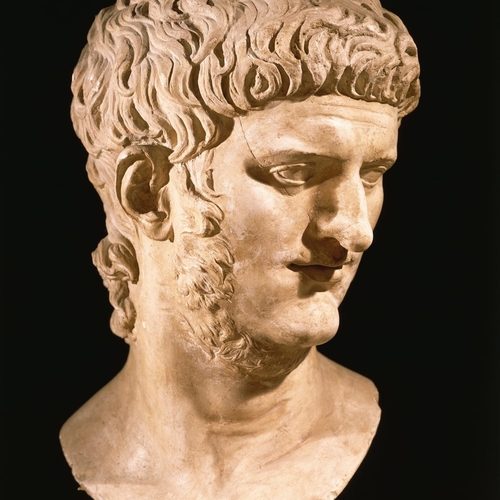
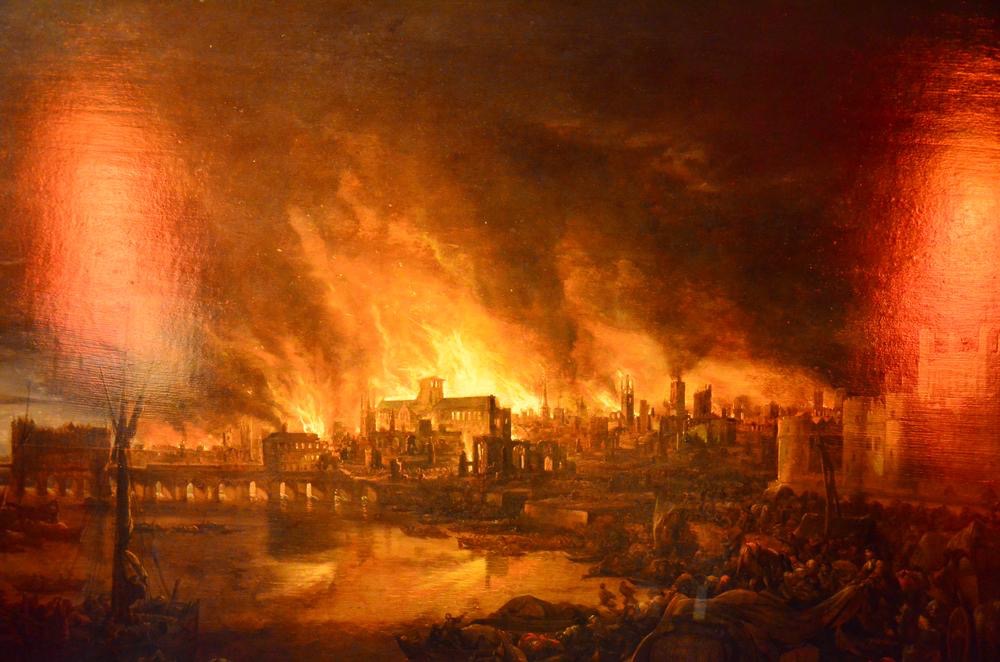
The Great Fire
In 64 AD a fire started in the shops at the Circus Maximus, which raged for almost a week destroying two thirds of the city of Rome. Nero took advantage of the situation and built himself an enormous pleasure palace; which stretched across three hills of Rome, this fuelled rumours that Nero was responsible for the destruction. Whether or not this was true, Nero blamed the small population of Christians for the fire and ordered their persecution: It is during these persecutions that Peter and Paul were executed at Nero’s stadium (now marked by St Peter’s Basilica) at the Vatican.
Nero exhausted Rome’s coffers with his reconstruction of the city. His Domus Aurea or Golden House took a huge area of public land, the palace was surrounded by parkland with a lake the size of five football fields. Next to the lake he set up a 100-foot-tall bronze statue of himself as the sun god Helios, known as the Colossus Neronis (colossus of Nero). The Roman Empire was strained and, after failing to respond to revolts and unrest, Nero was declared an enemy of the people. He attempted to flee but upon learning of his imminent execution, he took his own life.
Nero’s reign would become known for debauchery, anti-Christian persecution and the misrule of Rome. After his death, there was a chaotic period known as the ‘Year of the Four Emperors’ when four emperors ruled for brief periods. Finally, Vespasian, an experienced general was named emperor by his army and gained control of Rome. He would be the first of the Flavians who would try to bring stability back to Rome.
